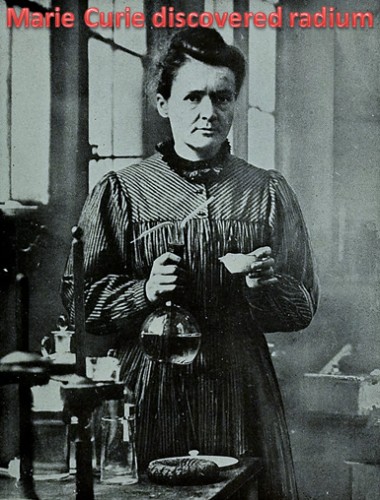Marie Curie change the world:
Marie Skłodowska was born in occupied Poland on 7 November 1867. Her mother died early and her father was poor. Marie Curie is remembered for her discovery of radium and polonium. Also her huge contribution to finding cancer treatments. This work continues to inspire our charity’s mission to help people and their families living with a terminal illness make the most of the time they have together by delivering expert care, emotional support and research.
Only one person in the world has received two Nobel Prizes in two different scientific fields, that person’s name is Marie Curie. She won the Nobel Prize in Chemistry in 1911 for the discovery of radium and polonium and the isolation of radium. It provided science with a method for isolating and purifying radioactive isotopes.
Work on Radioactivity and Discoveries:
The Curies became research workers at the School of Chemistry and Physics in Paris and there they began their pioneering work into invisible rays given off by uranium – a new phenomenon which had recently been discovered by Professor Henri Becquerel.He had shown that the rays were able to pass through solid matter, fog and photographic film and caused air to conduct electricity.
Marie also noticed that samples of a mineral called pitchblende, which contains uranium ore, were a great deal more radioactive than the pure element uranium. Further work convinced her the very large readings she was getting could not be caused by uranium alone – there was something else in the pitchblende. Since nobody had ever found it before, it could only be present in tiny quantities, and it seemed to be very radioactive. Marie was convinced she had found a new chemical element – other scientists doubted her results.
Pierre and Marie Curie set about working to search for the unknown element. They ground up samples of pitchblende, dissolved them in acid, and began to separate the different elements present, using the standard analytical chemistry techniques of the time. Eventually, they extracted a black powder 330 times more radioactive than uranium, which they called polonium . It was a new chemical element, atomic number 84.
